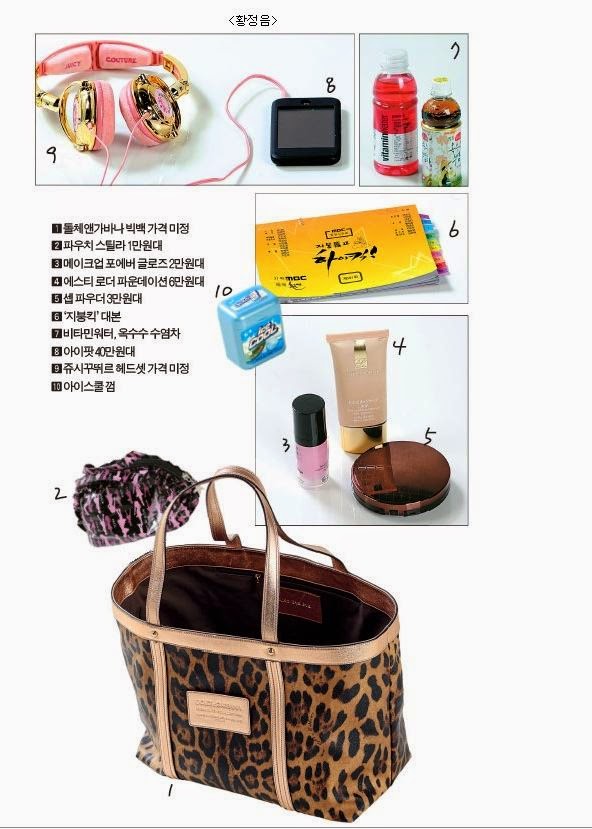Ways to Get Prettier for Free!
Part one: Beauty Sleep
I love sleeping!
Period!
I think it's the best thing to do for your skin and body.
No wonder there is an animation called, "Sleeping Beauty"
Hahahaha
And as I was surfing on the web,
I found a really nice and very informative article about sleeping!!!
"Beauty sleep is essential for repairing the skin," says Dr. Debra Jaliman, a New York City dermatologist and author of
Skin Rules. If you want your skin and hair to look younger and healthier during the day, it's time to adopt these nighttime habits.
1. Sleep on a satin or silk pillowcase. These fibers will keep you from waking up with a bird's nest on top of your head, and their texture softens wrinkles and fine lines because it causes less friction between your skin and the pillowcase. "Silk is easier on hair — it helps avoid tangles and breakage," says Jesleen Ahluwalia, M.D., a physician from
Spring Street Dermatology in New York City. "It's also better for the skin because the material glides easily and prevents creasing and wrinkles."
2. Sleep on your back. Speaking of wrinkles, sleeping on your back can help nip them in the bud before they even start to form. "Repeated pressure on the skin, causing creasing, can eventually lead to set-in lines," says Ahluwalia. "A person who sleeps on one side may even have more set-in wrinkles on that particular side compared to the other.” If you tend to have puffy eyes in the morning, try sleeping with an extra pillow. "When you lie flat, fluid can gather around your eyes," Elizabeth Tanzi, M.D., a dermatologist in Washington, D.C., told
Good Housekeeping.
3. Moisturize, moisturize, moisturize. For a fresh, dewy look in the morning, make sure to use an
anti-aging night creamthat contains hyaluronic acid. It attracts water into the skin, which helps smooth wrinkles, Francesca Fusco, M.D., a New York City dermatologist, told
Good Housekeeping. Dr. Jaliman recommends always applying lip balm before sleep, moisturizing your eyelashes with a lash conditioner, and never skipping your nightly
beauty cream or serum. These products work better during the "repair cycle of the skin," which is at night, she says.
4. Change your pillowcases often."Wash your pillowcases frequently, so you’re not resting your lovely skin on top of bacteria nests for eight hours a night," advises Chicago makeup artist
Alle Connell. Dr. Ahluwalia says you should not only change your pillowcases twice a week, but flip your pillows over on days you're not changing them.
5. Sleep with a humidifier on. You probably already know that drinking tons of water is good for your skin — but since you can't do that in your sleep (you'd have to be
really talented), try using a humidifier to keep yourself hydrated at night. This is especially helpful during the winter, when your
skin tends to be much drier.
6. Stay away from super-salty foods and booze around bedtime."When you consume a lot of alcohol, your body becomes dehydrated," says Dr. Fusco. "To compensate, it starts collecting natural fluids around the eyes, among other places." A similar thing happens with salt, leading to that dreaded puffy-eye look. If you indulged in some chips and a glass of Chardonnay anyway, try the above extra-pillow trick to help drain fluids.
7. Wear your hair up — but not in a super-tight bun. It's a good idea to keep your hair out of your face while you're sleeping to keep its natural oils from wreaking havoc on your complexion. But avoid pulling it into a really tight bun or ponytail because that can cause hair breakage, especially around the hairline. Connell suggests wrapping it up in a scarf (silk would be ideal), while Dr. Ahluwalia says that high, loose ponytail is a great way to keep your most recent blowout intact.
8. Go to bed with a clean face."So many people sleep with their makeup on and wonder why they wake up with funky eye gunk in the morning," Emily Kate Warren, a New York City makeup artist, told
Good Housekeeping. "That's why." Aside from funky eye gunk, not taking off your makeup before sleep causes pore-clogging, which can lead to breakouts.
site source:









































